Note from the Admin: Here is a terrific guest post about the classic Leitz 9cm Elmar written by Fabian Franz Rauber. The great thing about this post is it was shot with the fantastic Leica MP, one of my favorite cameras! So in other words, this is a post with all film. I hope you all enjoy it!
About Me:
Hello guys. My name is Fabian Rauber, I am 22 years old, from Austria, and a happy owner of a Leica MP with some lenses. Now I am going to tell you how I ended up with a Leica, I will try to keep it short:
My first camera was a point and shoot (a Panasonic DMC TZ-5), and I bought it mainly because it has 10x optical zoom and I wanted my own camera. I still have it, but now my mum shoots with it. Back then I knew nothing about photography, I had no idea about film speed, aperture and focal length.
One day I looked a little closer at my Panasonic and noticed it had a Leica DC-Vario Elmar lens. Hm? Leica isn‘t that a camera manufacturer? So I checked out their website and got hooked as soon as I saw one of their M‘s. I knew I had to own one of these. So I took photography more serious and learned about aperture, bokeh and so on. I also picked up my dad‘s old Minolta X300 and shot a few rolls of film. After really enjoying the analog way of shooting, I ordered a Leica MP a la carte last year in August. (9 weeks of waiting time, horror).
I totally love shooting with this masterpiece of a camera. Its operation is super smooth, I absolutely adore the total control when I use the MP, and if a photo does not turn out well – it’s my fault. So to make a long story short: I went from a Point and Shoot straight to an MP in chrome. Crazy, right?
First up, when I bought this lens I wanted to resell it after I had the funds for a new Macro Elmar. But now I am definitely keeping it.
My copy of the Ernst Leitz Elmar 9cm f4 is from 1954, and it is in pretty good condition for such an old lens. Leica made this lens from 1933-1964 in screw mount and since 1954 also in M-mount. They also made a collapsible version.
Though the lens takes normal 39mm filters, it is kind of impossible to use polarizers (even with the one from Leica), because when focusing the lens, the front of it also turns around. Therefore the aperture numbers are engraved twice on the lens.
The aperture goes from f4 down to f32. My copy has no aperture click stops, I don‘t know if this is normal or abrasion because my 13,5cm Hektor from 1960 has click stops.
Focusing the lens is pretty slow because the focus throw is almost 360°. The Elmar‘s minimum focus distance is 1 meter (my copy has a meter scale only). I bought the lens without a lens hood, but it uses the same lens hood as the Leitz Hektor (which I got later, with hood:^) and even the new Leica Macro Elmar has the same hood.
↓ Photo 02: color is a bit weird (sorry) (shot from a Canon Power Shot SX 220 HS)
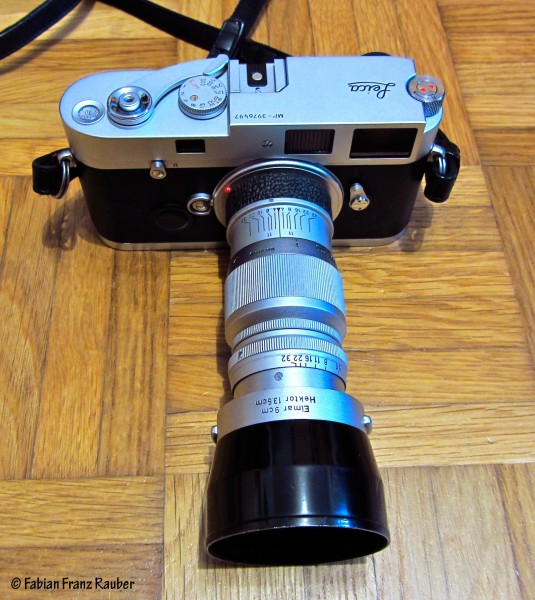
The lens renders pictures in a classic way with low contrast, and it kind of gives you a Kodak Portra look. It has it‘s own special look, which I really like. Of course it is not as sharp as new Leica lenses, but in my opinion it is actually super sharp for a 1933 lens design.
↓ Photo 03: one of my first scans, its a bit dusty, Kodak T-Max 100, @f4
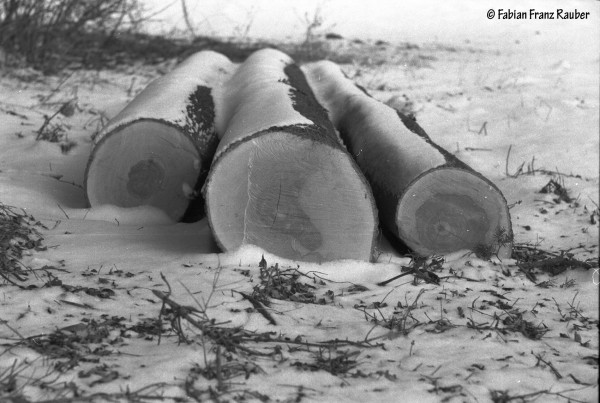
↓ Photo 04: At the Zotter cholate factory (in my opinion the best chocolate in the world) Zoo (the zoo is right next to the factory), Kodak Portra 160
↓ Photo 05: 100% crop from the shot above
The background blur of the lens is quite nice and not distracting. Don‘t be fooled by the slow aperture of f4; up close and at f4 you can get really shallow depth of field.
↓ Photo 06: Zotter Zoo, Fuji Superia 400, @f4
↓ Photo 07: Terracota exhibition in Linz, Kodak Farbwelt 200, @f4

Without the hood the lens does not block the finder. In some situations the lens can flare pretty strong. But so far, I have seen there is no problem with chromatic aberrations (on a digital M body it may be different).
↓ Photo 08: not a good photo, but i shows how the lens can flare even with the hood, Fuji Superia 400
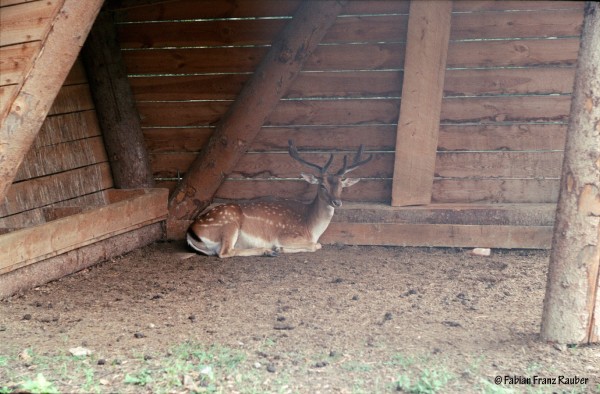
↓ Photo 09: Clock tower of Graz, no chromatic aberrations against the bright sky, Fuji Superia 400, @f11 (I think)
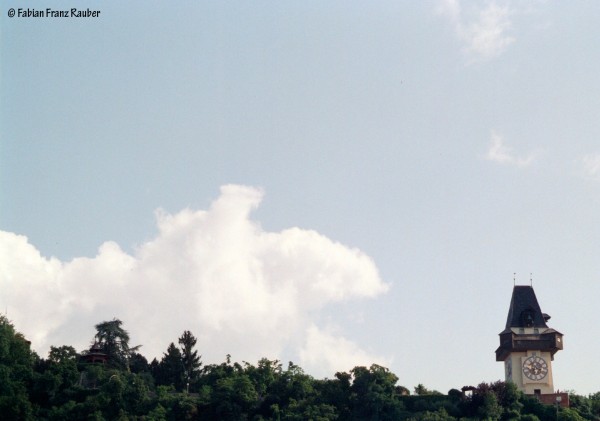
Pros:
- Super light
- Good optics for such an old lens
- Very small if you find a collapsible version
- A good copy can be found for 150€ or less
- Uses the same lens hood as new Macro Elmar or the old Hektor 13,5cm
- No visible chromatic aberration
Neutral:
- Low contrast classic look, depends on what do you think of it
Cons:
- Ergonomics are not up to new Leica lenses
- You can‘t use polarizer filters
- f4 may be to slow for you needs
- Lens can flare
↓ Photo 10: Zotter Zoo, Fuji Superia 400
↓ Photo 11: In a park in Graz, Kodak 100 T-Max, @f11
All photos were scanned with a Reflecta ProScan 7200 @ 3300 dpi using Silverfast Ai Studio 8.
Please comment.
Greetings from Austria. :^)
Fabian F. Rauber
Note from the Admin: I’d like to thank Fabian Franz Rauber for sharing this wonderful review about the 9cm Elmar with us! It’s great to hear more about this classic Elmar, and it’s always great to see these classic Leica lenses like this in action. His photos are great, and it’s always refreshing to see some film!

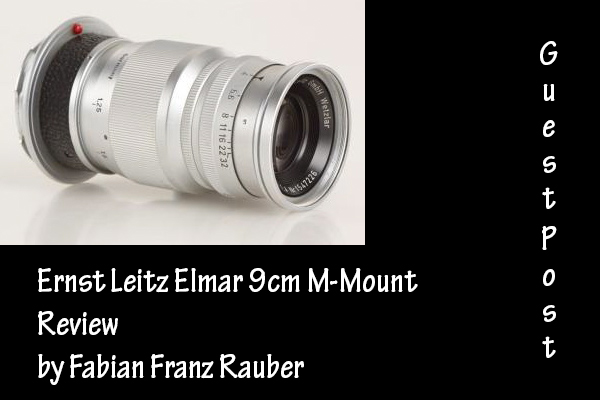



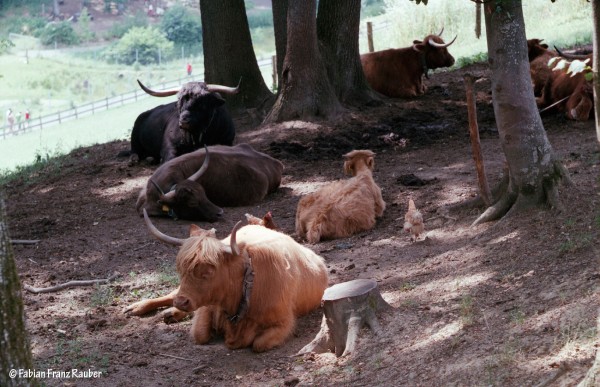
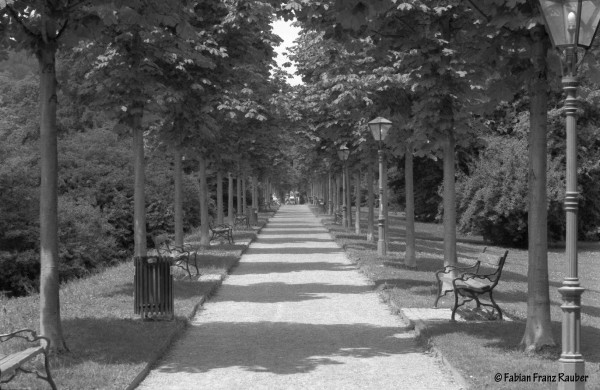
A most interesting post, Herr Rauber! I agree with you: there is really nothing like film; digital photos and the cameras that make them never made a lasting impression on me. Your photos have the unique look that only film can produce. I’m curious about that lens though, … why did you start out with that one and what have you tried since? I hope to see more of your work here in the future.
@ inthedarkroom: Thank you! Your comment is most welcome. My plan was to buy a new Macro Elmar, I already had the money saved, but then a chrome 50mm Summilux ASPH. was available at my dealer and I just could not resist. After spending so much money on the Summilux I had not enough left for the Macro Elmar. So I started looking at the used lenses (they have tons of different camera & lens brands) and found the Leitz Elmar for 150€ and gave it a try.
I eventually got a Minolta MD 50mm f3,5 Macro lens (which is terrific) for my dad’s Minolta X300.
And I totally agree with you on film, I’m still exploring different films.
Graz! What a lovely city.